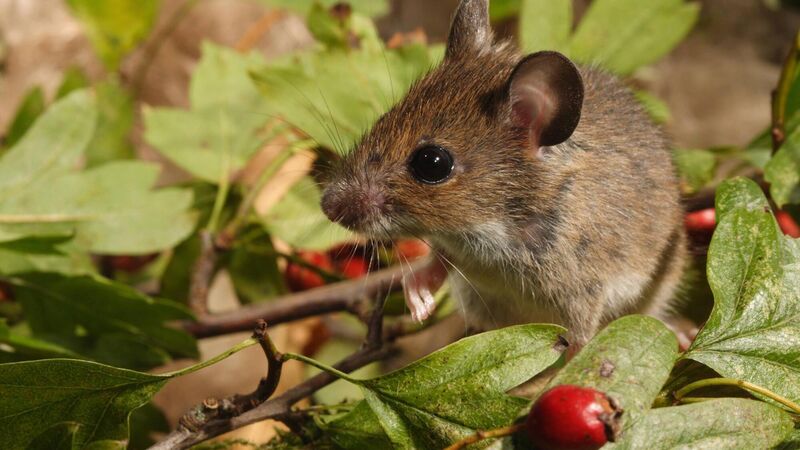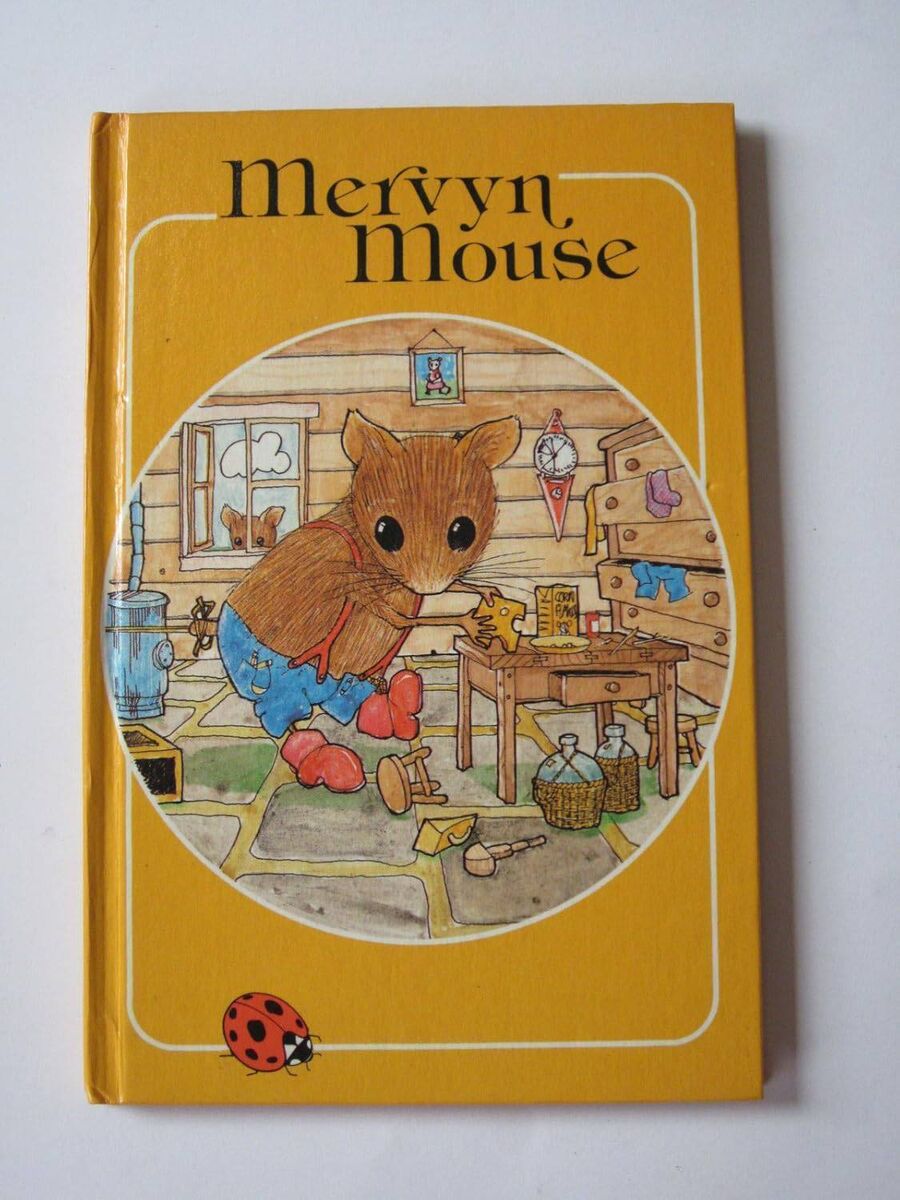Anja Murray: House mice give other creatures — like wood mice — a bad name

Young wood mouse (Apodemus sylvaticus)
sitting amongst leaves and hawthorn berries
When I was little, I adored mice. I still have a soft spot for them, enamoured by their timid furry tininess, their endearingly alert rounded ears, and their curious whiskers. These features are how mice alert to the ever present threat of predators — of which they have many.
The wood-mouse, also known as the long-tailed field mouse, is a native mammal, unlike the house mouse, a newer arrival.
Wood mice avoid predation by staying out of sight, hiding away in small burrows or shelters during daylight hours, and when the venture out after dusk, they tend to keep themselves concealed beneath brambles, bushes, long grass, or other cover. However, barn owls are equipped with powerful hearing and asymmetrically placed ears that allows them to locate the sound of a scuffling mouse through a kind of sonic triangulation. Long eared owls, kestrels, and sparrowhawks, too, are possessed of sharp senses and are ever ready to swoop and snatch up a mouse in their talons. Other predators include foxes, badgers, pine martens, and stoats, along with free-ranging domestic cats.
This little wood mouse was spotted scoping out some new living quarters. Could this hedgehog home become a mouse house? This lovely footage was captured by a trail cam in Terry Lampitt's garden 🐭 pic.twitter.com/nla4Qiy2mB
— Worcs Wildlife Trust (@WorcsWT) January 7, 2025
Mice, in turn, have excellent hearing, always tuning their ears to potential threats and reading their environment skilfully. High reproductive rates offset the mortalities from predation. From February, mice bear litters of four to eight young as many as six times in one year.
Perhaps another reason why l love mice is thanks to a wide-eyed character called Mervyn Mouse — one of my favourite ladybird books as a child. Mervyn mouse was a young mouse in the south of England who lost his tail to a combine harvester and survived to tell the tale but suffered the taunting of his peers because he then had no tail.

In real life, mice have very few tangible defences against predation, bar the ability to shed the tips of their tails when under attack — a nifty escape tactic if a kestrel has hold of the end of your tail.
Many assume that mice are not clever creatures, but it is now understood that mice are intelligent. They signal emotions through their facial expressions and actively communicate with each other through complex vocalisations, spreading word about new food resources and warning each other about various dangers.
Scientists studying the language of mice can decipher when males are ‘singing’ to woo a mate and when they are simply ‘chatting’. Researchers have also discovered that females are far more communicative than males, especially when in the company of other females. These vocalisations are pitched in frequencies beyond the range of what our human ears are generally able to hear.
Unlike bats and hedgehogs, mice do not hibernate, although they can enter a torpid state of reduced physiological activity during severe winter weather. Surviving the winter requires them to make food stores, in particular tree seeds such as ash keys, acorns, hazelnuts and haws. To make sure they can locate these stores again, woodmice place sticks, stones, and shells as waymarkers to indicate the location of food stores and as signposts along their preferred routes. I always smile when I come across a discarded hazelnut shell with a hole in it, the distinctive sign that a woodmouse has gnawed its way through the shell to extract the nutritious nut inside.
Come early spring, woodmice will take advantage of bluebell bulbs and the swollen stems of wild garlic, which are rich in starch and sugars. They scrape in the soil for earthworms and other soil invertebrates, alongside slugs and snails. By midsummer, food is abundant and life is relatively easy for woodmice.
Just one species, the house mouse, is the one that gives all mice a bad name. The house mouse is a species native to the grasslands of Central Asia and Persia. Their ancestors learned early on that life among human settlements had a lot of advantages to offer, so their kind spread rapidly out across the Eurasian continent alongside humans. The house mouse has evolved to eat mainly grains, but also avails of fat rich oils, soap, chocolate, and whatever else is accessible. Even though they only need 3 ½ grams of food per day, once they find their way in to a sack of grain or a hopper of cornmeal, a lot more is spoilt than what a few little mice actually consume.
will be released in the next week
— Cuan Wildlife Rescue (@CuanWildlife) October 4, 2024
Did you know, when looking for food #Woodmice often collect & disperse leaves, twigs & other visually conspicuous objects that serve as landmarks as they explore the area🐭#mice #mouse #rodent #britishmammals #environment #britishwildlife
On the island of Ireland, mice greatly outnumber people, there are probably as many as 10 million wood mice whiskering their way about at this very moment, as well as another 10 million or more house mice. Wood mice are a crucial staple of many wild food webs, and their role as distributors of wild seeds contributes to the ecological functioning of many habitats too. Common, widespread and adaptable as they are, it is hard to imagine woodmice ever facing any significant conservation threats. Their ability to reproduce rapidly allows them to thrive when conditions are favourable. But 50 years ago, anyone suggesting that wild Atlantic salmon would be critically endangered by the 2020s would have been considered a little mad, and just 20 years ago, we would be disbelieving at the idea that the population of starlings, considered a common and widespread bird, would be declining to such an extent that they are now amber listed as one of the ‘Birds of Conservation Concern’ in Ireland.
When I’m out and about on winter wanders, I love to think of the little woodmice bustling though the winter hedgerow, pausing on their hindlegs to look for a particular shell or stone that they placed to mark their way to a store of acorns or hazelnuts. We might pause too to consider the impact of pesticides on these little beings, and the knock-on impact of such poisons on barn owls and others that consume so many mice. The humble wood mouse has many virtues worth celebrating.







